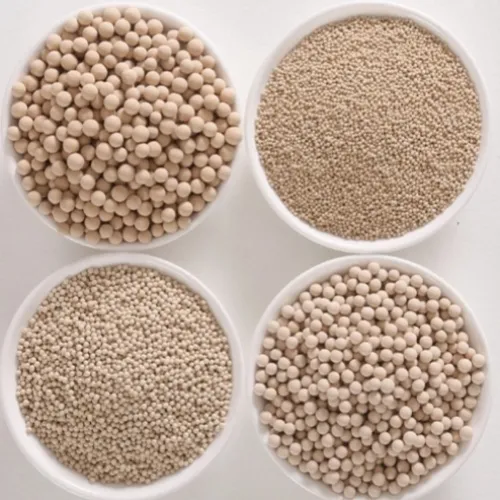Warning: Undefined array key "title" in /home/www/wwwroot/HTML/www.exportstart.com/wp-content/themes/1198/header.php on line 6
Warning: Undefined array key "file" in /home/www/wwwroot/HTML/www.exportstart.com/wp-content/themes/1198/header.php on line 7
Warning: Undefined array key "title" in /home/www/wwwroot/HTML/www.exportstart.com/wp-content/themes/1198/header.php on line 7
Warning: Undefined array key "title" in /home/www/wwwroot/HTML/www.exportstart.com/wp-content/themes/1198/header.php on line 7
dec . 06, 2024 19:16 Back to list
sulfochromic acid
Understanding Sulfochromic Acid Properties, Uses, and Safety Measures
Sulfochromic acid is a powerful chemical compound that has garnered significant attention in both the scientific community and various industrial applications. It is primarily recognized for its intense oxidizing properties and its effectiveness in cleaning laboratory glassware. The compound, often prepared by mixing chromic acid and sulfuric acid, is notable for its ability to oxidize organic materials, making it an indispensable tool in laboratories.
Chemical Composition and Properties
Sulfochromic acid is composed of chromium VI, a highly toxic and carcinogenic form of chromium, combined with sulfuric acid. The chemical formula typically represented is H2Cr2O7 (dichromic acid) in a concentrated sulfuric acid solution. Its deep orange-red color is a visual indicator of the presence of chromium and its strong oxidizing capabilities.
The oxidizing nature of sulfochromic acid allows it to break down a wide range of organic compounds, including proteins, fats, and other biological materials. This ability makes it particularly useful for cleaning purposes, as it can effectively remove residues that might not be eliminated by regular cleaning agents.
Applications in Laboratories
In laboratory settings, sulfochromic acid is primarily used for cleaning and preparing glassware. The preparation of glassware for experiments is crucial, as any contamination can lead to skewed results. Sulfochromic acid can get rid of stubborn residues, including organic compounds and biological materials, which might otherwise persist.
Beyond cleaning, sulfochromic acid is also utilized in various chemical syntheses and research applications. Its strong oxidative properties enable the oxidation of alcohols to carbonyls, and it can also play a role in the preparation of certain oxidized compounds, making it valuable in organic chemistry.
Environmental and Safety Considerations
sulfochromic acid

Despite its effectiveness, the use of sulfochromic acid raises significant health and environmental concerns. Chromium VI is known for its toxic effects, particularly its carcinogenic potential. Inhalation or skin contact with sulfochromic acid can lead to severe health problems, including respiratory issues and skin burns.
Proper safety measures are vital when handling sulfochromic acid. Laboratory personnel should always wear appropriate personal protective equipment (PPE), including gloves, goggles, and lab coats. Fume hoods should be employed to prevent inhalation of fumes, and proper ventilation is essential to minimize exposure risks.
Moreover, waste disposal of sulfochromic acid must be handled according to strict regulatory guidelines. It is classified as hazardous waste, requiring special protocols for neutralization and disposal to minimize environmental impact.
Alternatives and Future Directions
Given the health and environmental concerns associated with sulfochromic acid, researchers and industry professionals are exploring alternative cleaning and oxidizing agents. Some alternatives include commercially available cleaning products that are less harmful to human health and the environment. Biodegradable and less toxic oxidizers are being developed and utilized for specific applications, aiming to maintain efficacy while reducing risks.
The future of chemical cleaning in laboratories may involve a shift toward more sustainable practices that balance effectiveness with safety. Continued research in green chemistry aims to provide alternatives that can match the cleaning power of sulfochromic acid without compromising safety or environmental integrity.
Conclusion
Sulfochromic acid is a potent chemical compound widely used in laboratory cleaning and organic synthesis due to its strong oxidizing properties. While it plays a vital role in scientific research and industrial applications, the associated health risks and environmental concerns necessitate careful handling and consideration of safer alternatives. As the field of chemistry advances, looking toward sustainable and less hazardous practices will be key in ensuring the safety of laboratory environments and the protection of public health.
Latest news
-
Certifications for Vegetarian and Xanthan Gum Vegetarian
NewsJun.17,2025
-
Sustainability Trends Reshaping the SLES N70 Market
NewsJun.17,2025
-
Propylene Glycol Use in Vaccines: Balancing Function and Perception
NewsJun.17,2025
-
Petroleum Jelly in Skincare: Balancing Benefits and Backlash
NewsJun.17,2025
-
Energy Price Volatility and Ripple Effect on Caprolactam Markets
NewsJun.17,2025
-
Spectroscopic Techniques for Adipic Acid Molecular Weight
NewsJun.17,2025

